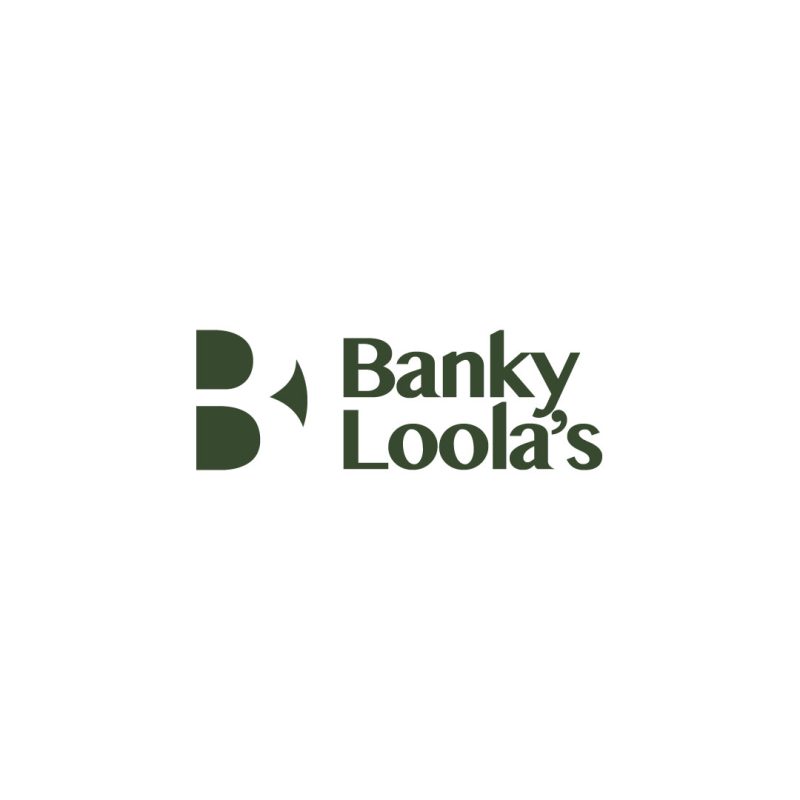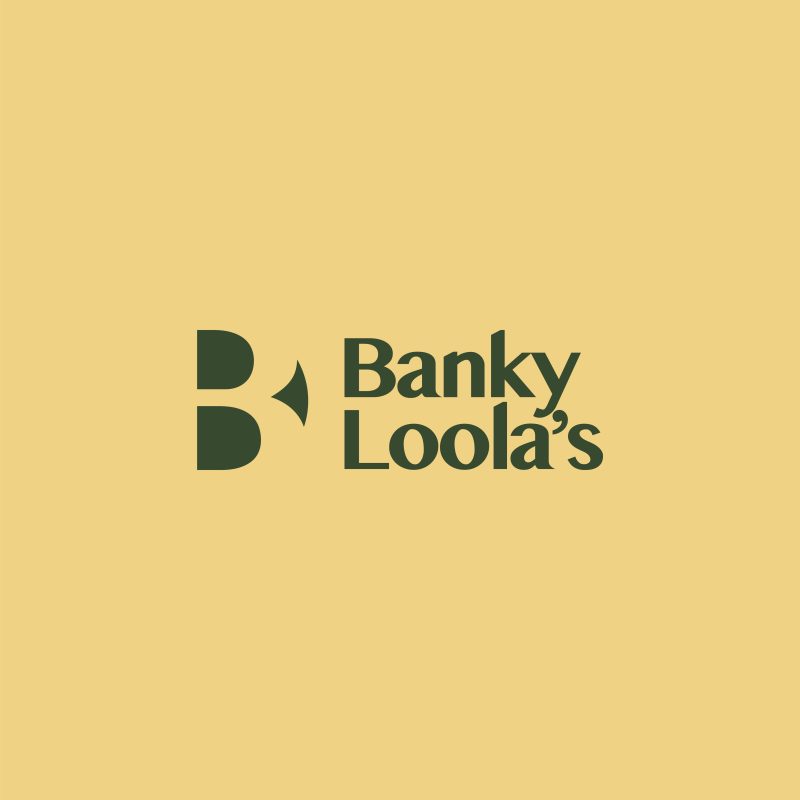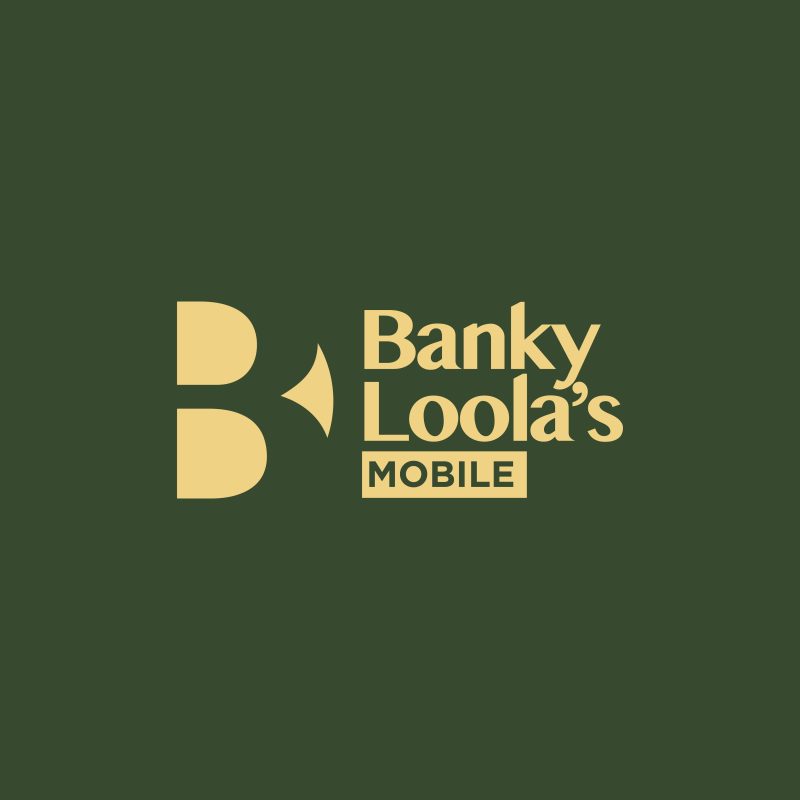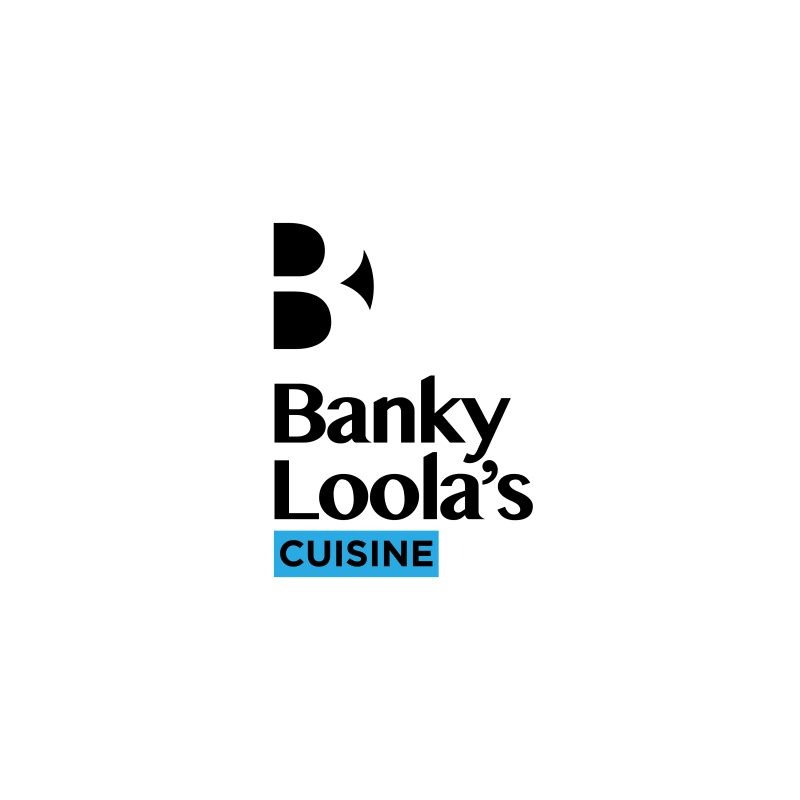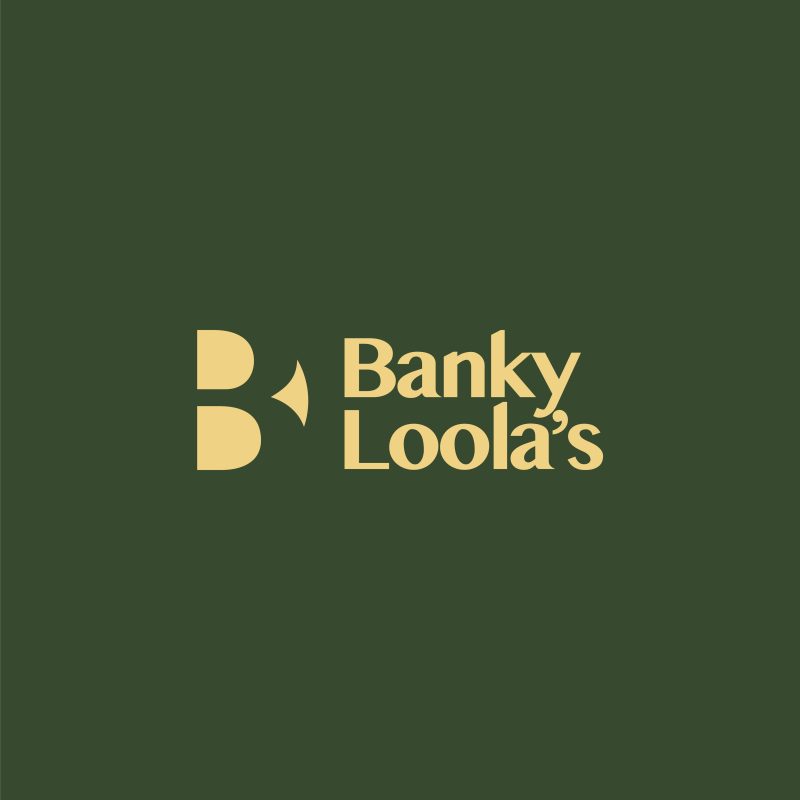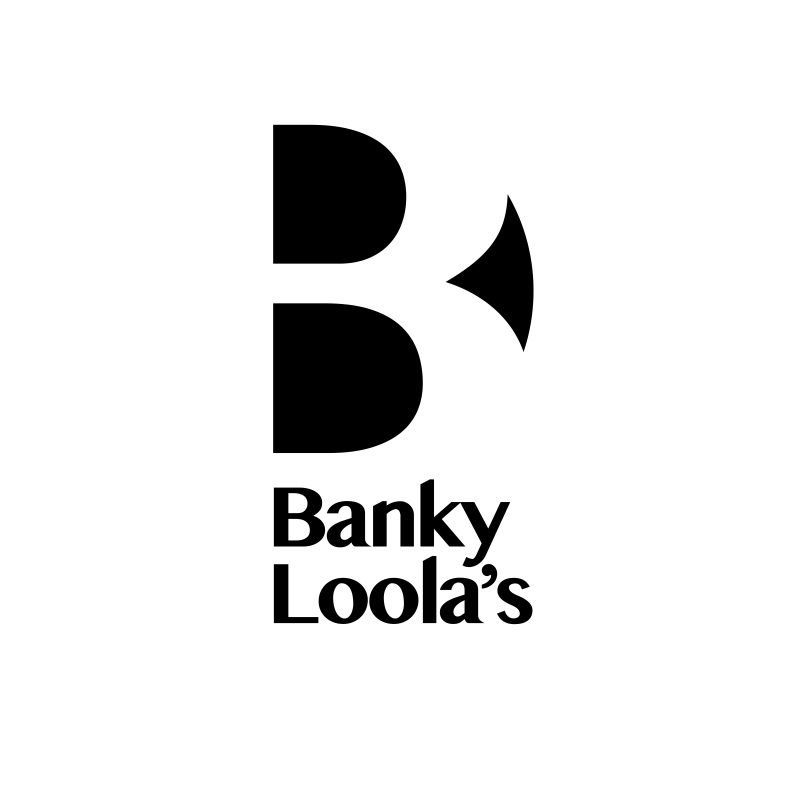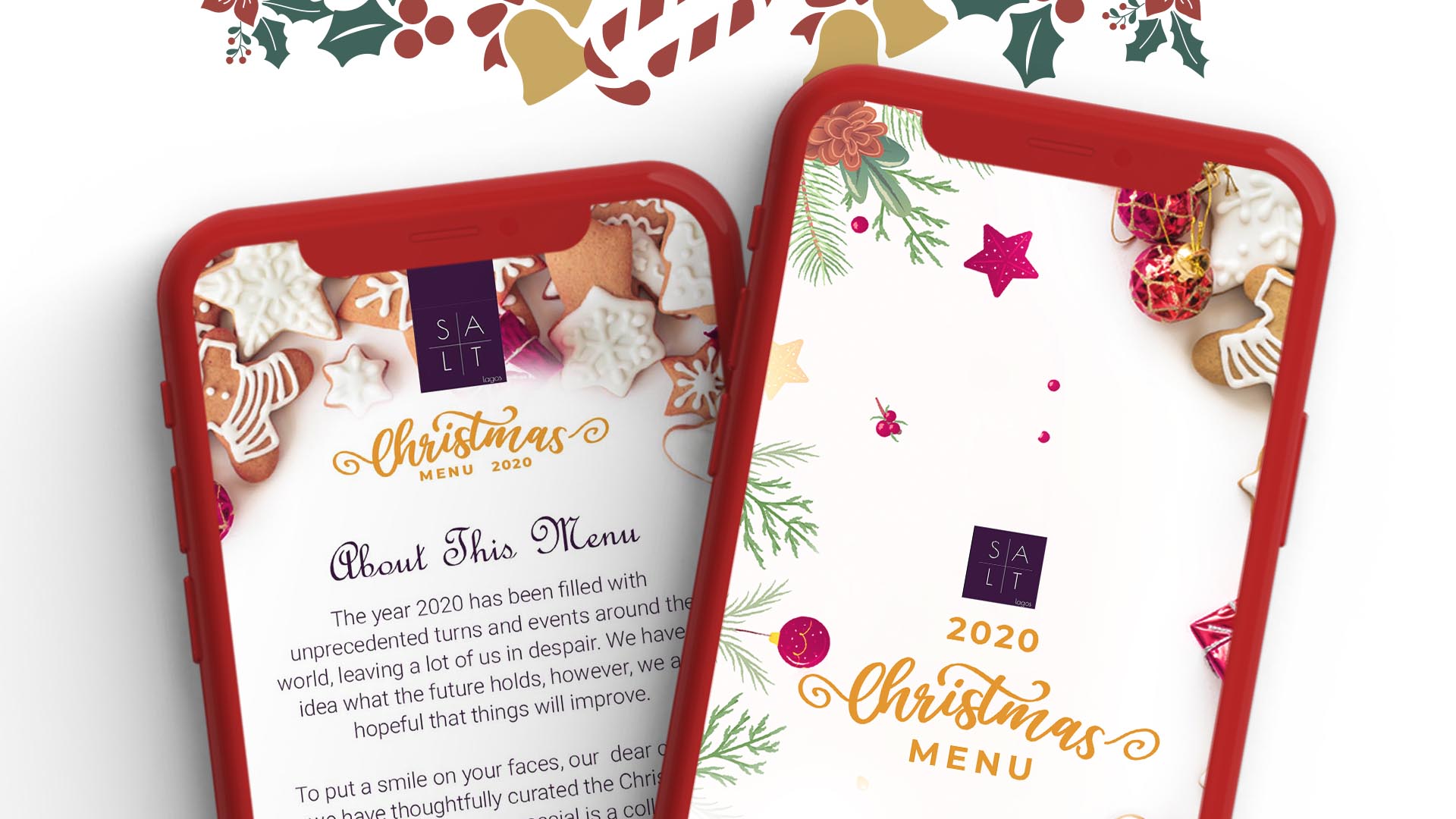A great logo should effectively represent and elevate a brand's presence in the market. To achieve this feat, a logo typically starts from two key points – 1) being visually appealing and 2) being versatile. A visually appealing and versatile logo is a design that effectively represents your brand's identity, values, and offerings while being adaptable to various contexts and applications. Overall, a visually appealing and versatile logo serves as a powerful tool for brand communication, differentiation, and connection with the audience. Here are key characteristics of a great logo and steps to create one:
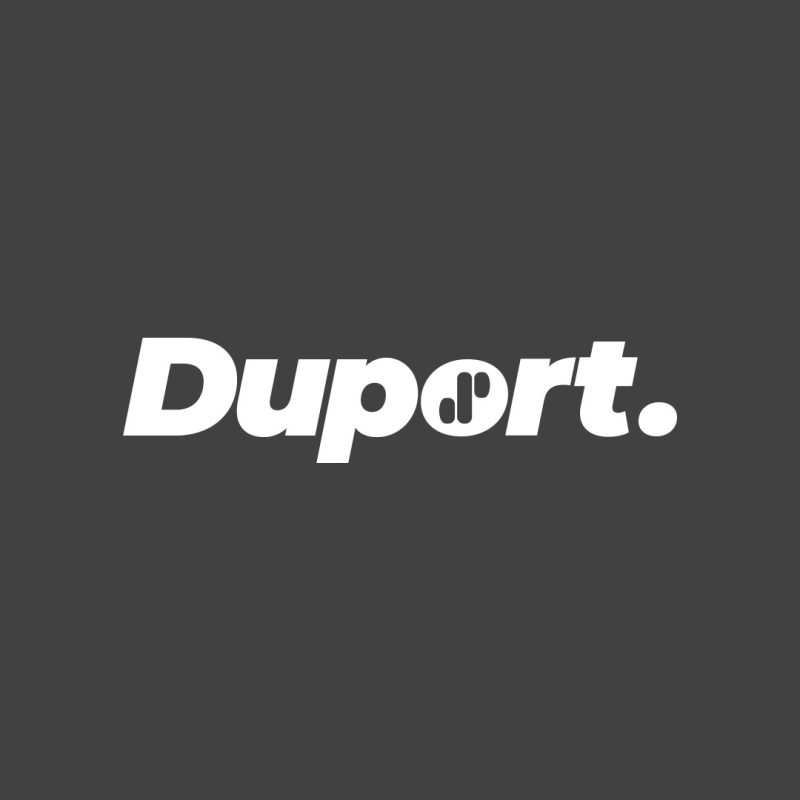
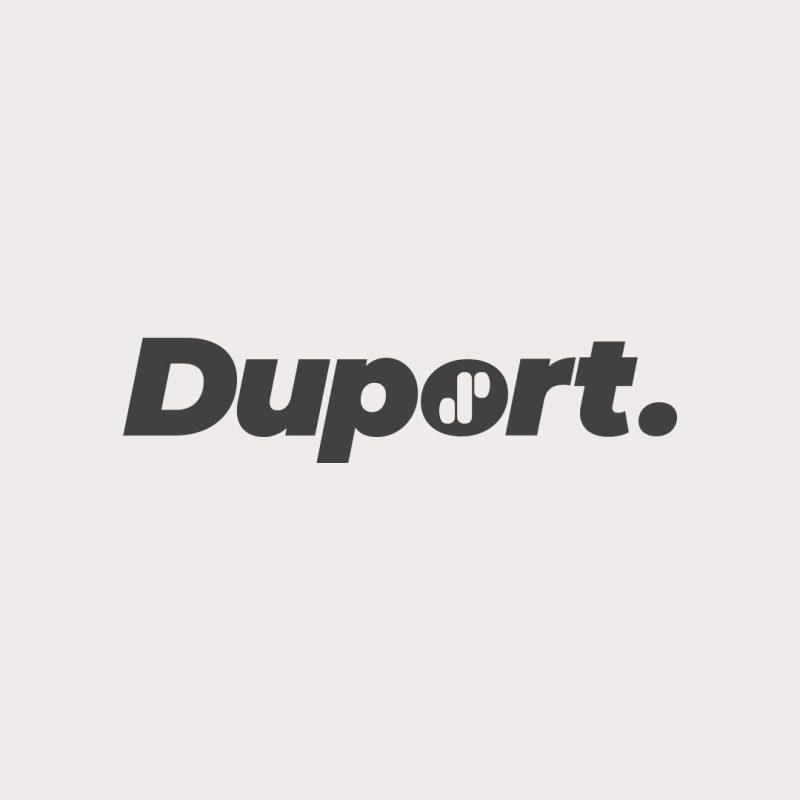

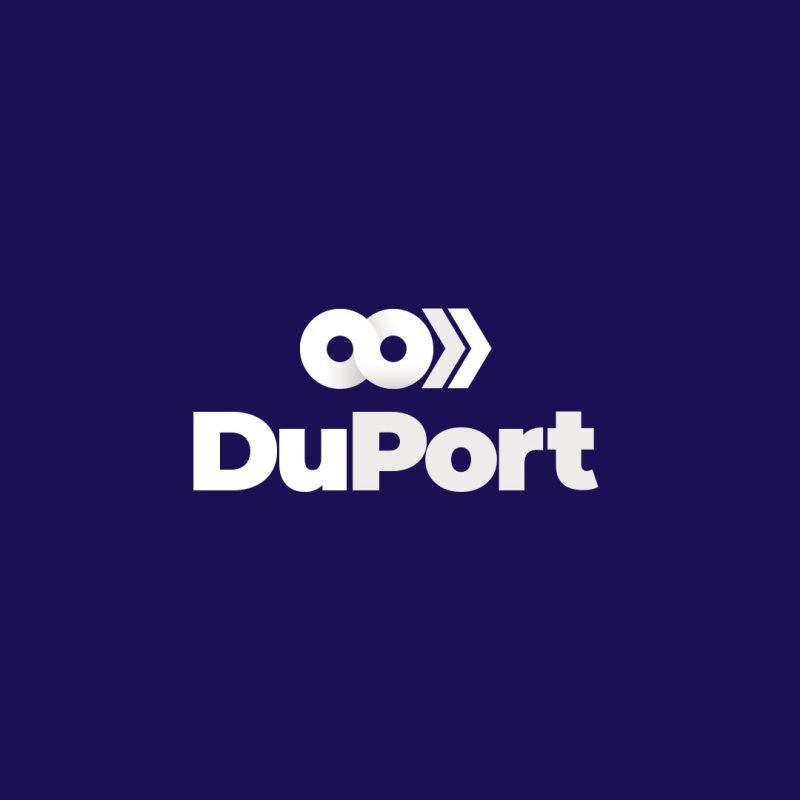
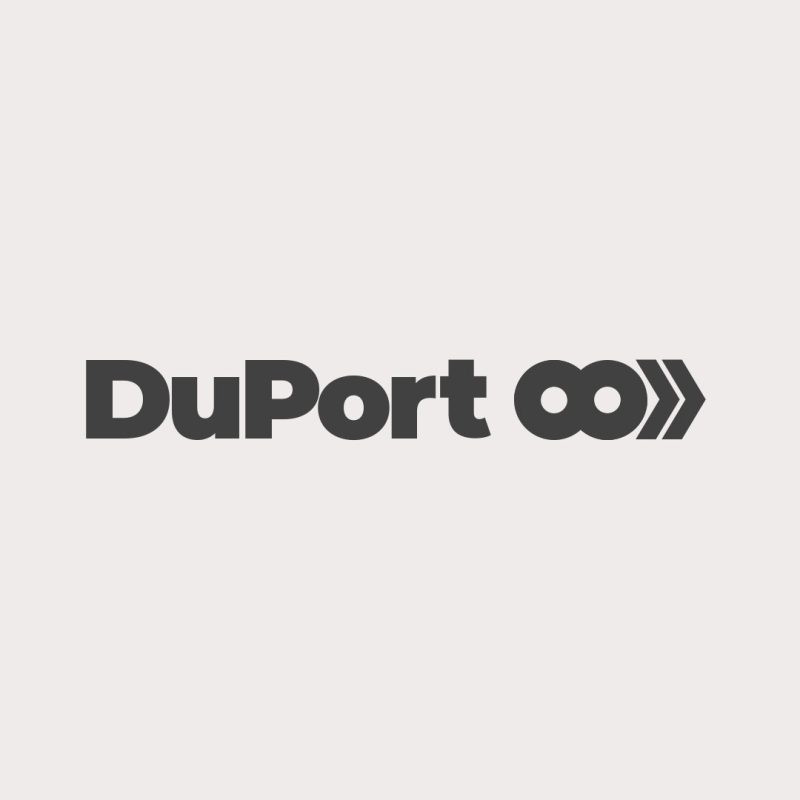
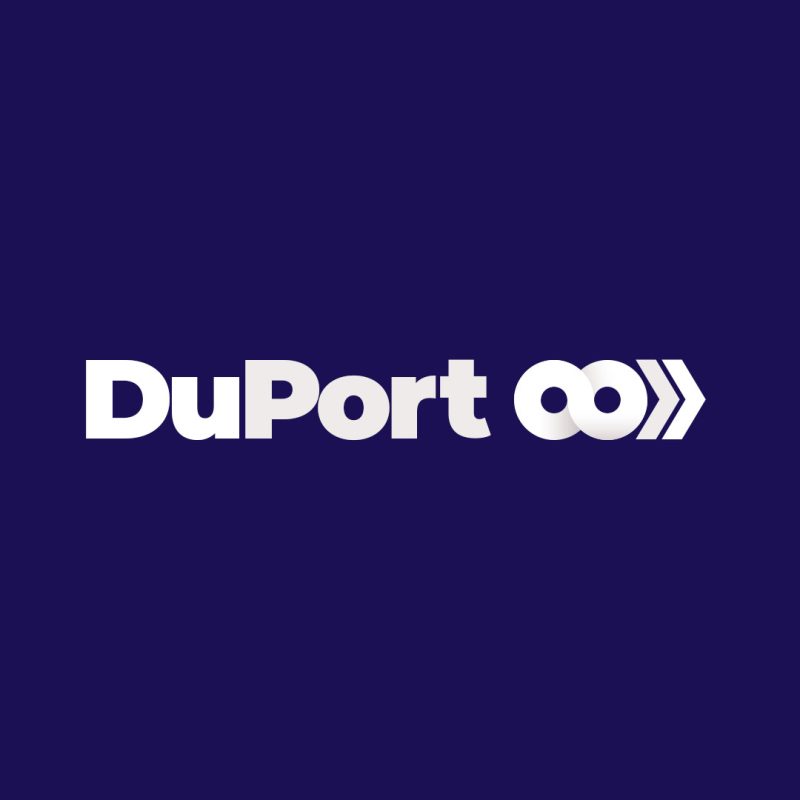
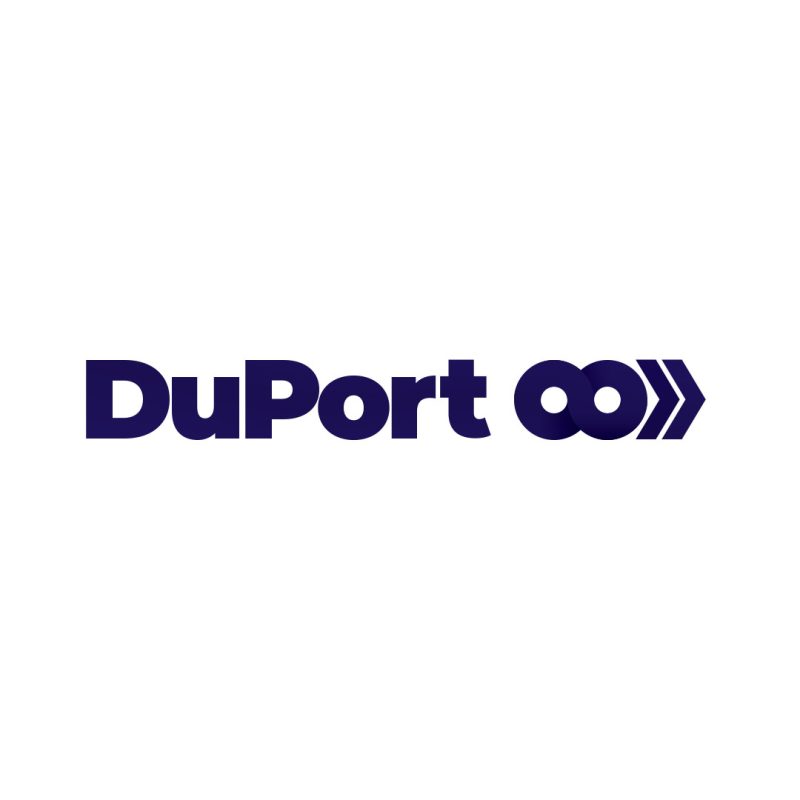
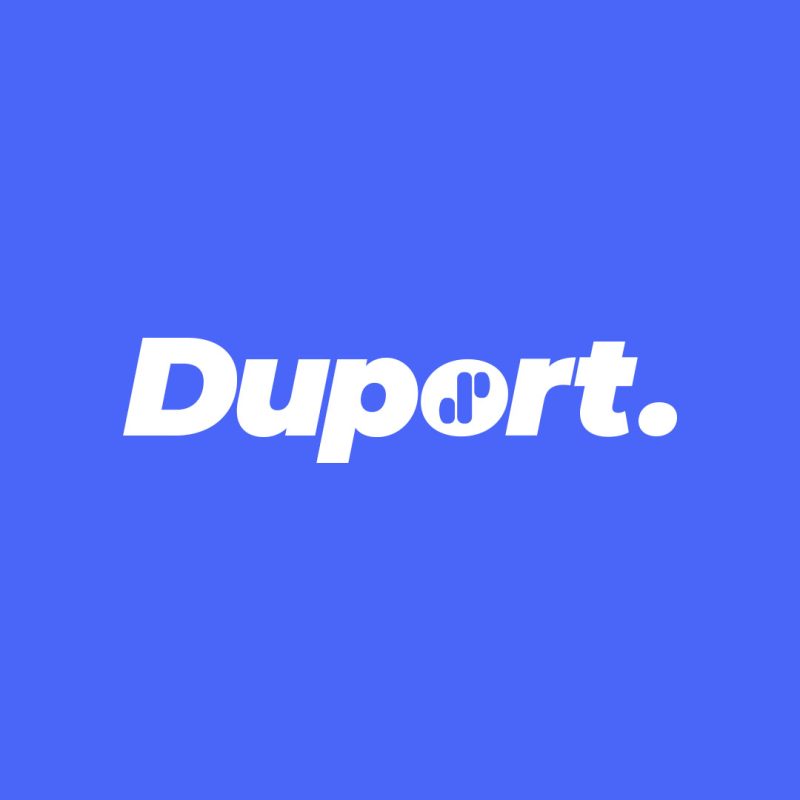
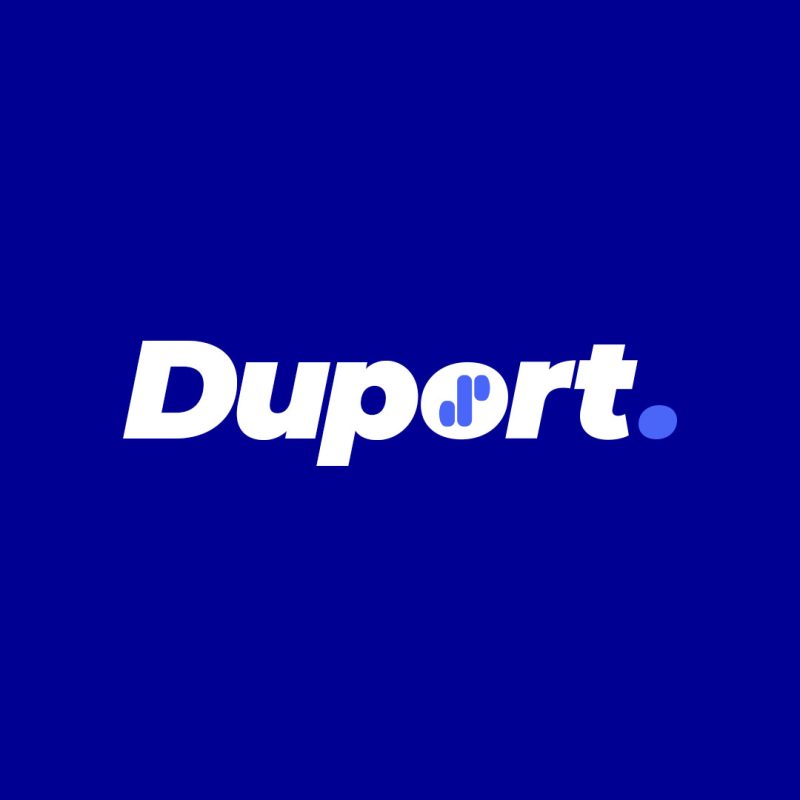
Importance of a visually appealing and versatile logo
A great logo is crucial for several reasons, as it serves as a foundational element in building a strong brand identity and establishing a connection with customers. Here are key reasons why a great logo is important:
First Impression: A logo is often the first point of contact between a brand and its audience. It creates an immediate visual impression that can influence how people perceive the brand. A well-designed logo can capture attention, spark curiosity, and leave a positive first impression, setting the stage for further brand interactions.
Brand Recognition: A distinctive and memorable logo helps in creating brand recognition and recall. When customers repeatedly encounter a recognizable logo across various touchpoints such as websites, products, advertisements, and social media, they start associating it with the brand's values, products, and experiences. This familiarity builds trust and loyalty over time.
Differentiation: In a competitive marketplace, a great logo helps a brand stand out from competitors. It communicates unique aspects of the brand such as its personality, values, and offerings, distinguishing it in the minds of consumers. A well-crafted logo reinforces what makes the brand special and why customers should choose it over alternatives.
Professionalism and Credibility: A professionally designed logo conveys a sense of professionalism and credibility about the brand. It reflects attention to detail, quality standards, and a commitment to excellence. Customers are more likely to trust and engage with brands that appear polished and trustworthy, starting with their visual identity represented by the logo.
Emotional Connection: Logos have the power to evoke emotions and create meaningful connections with customers. Whether through colors, symbols, or typography, a logo can convey the brand's values, personality traits, and aspirations, resonating with the target audience on an emotional level. Strong emotional connections lead to increased brand affinity and loyalty.
Characteristics of a visually appealing and versatile logo
Simplicity: A simple and clean design is more memorable and recognizable. Avoid overly complex elements that can clutter the design.
Scalability: The logo should look good and remain recognizable whether it's scaled down on a business card or scaled up on a billboard.
Relevance: The design should reflect your brand's industry, personality, and values, creating a connection with your target audience.
Timelessness: Aim for a design that will remain relevant and timeless, avoiding trends that may become outdated quickly.
Adaptability: The logo should work across different backgrounds, colors, and mediums (print, digital, merchandise) without losing its impact.
Memorability: A distinctive and unique design helps in brand recognition and recall among customers.
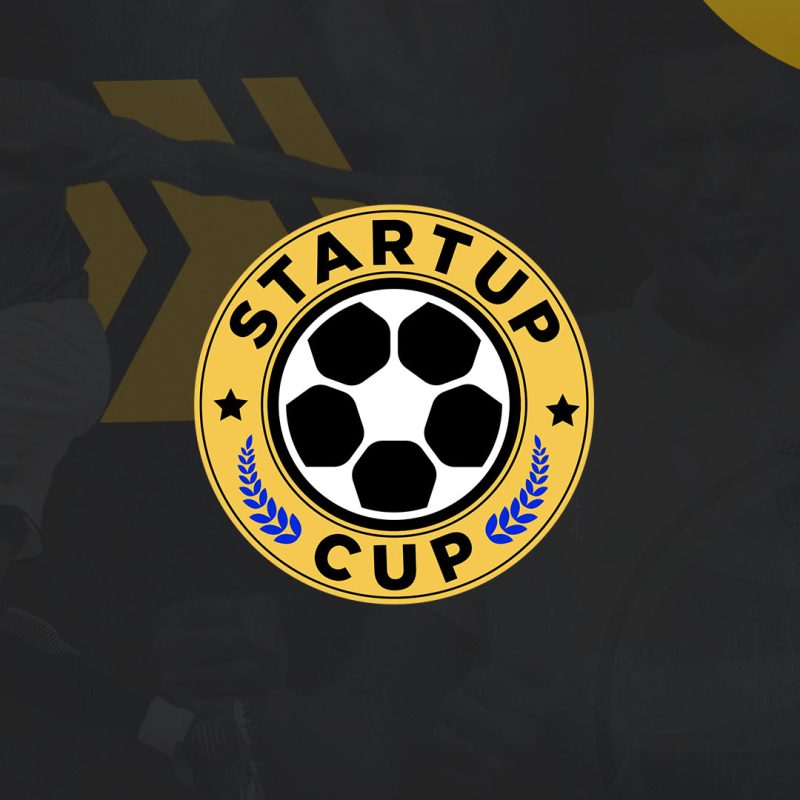

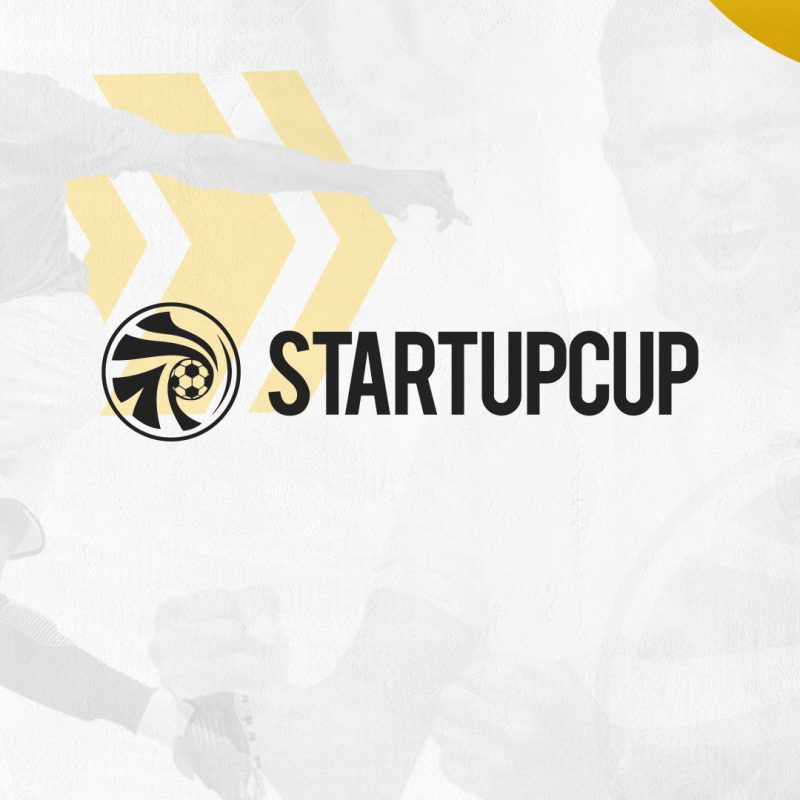

Steps to Create a Visually Appealing and Versatile Logo
Define Your Brand: Understand your brand's identity, values, target audience, and industry positioning. This will guide your logo design process.
Research and Inspiration: Explore competitor logos, industry trends, and design styles for inspiration. Identify what resonates with your brand and audience.
Conceptualize: Brainstorm ideas and concepts for your logo. Sketch rough drafts or use digital tools to explore different design elements, typography, and symbols.
Simplify: Focus on simplicity and clarity in your design. Eliminate unnecessary details and ensure the logo remains effective when scaled.
Color Selection: Choose a color palette that aligns with your brand's personality and industry. Consider color psychology and ensure the logo works well in both color and grayscale.
Typography: Select appropriate fonts or customize typography for any text elements in your logo. Ensure readability and compatibility across different mediums.
Create Digitally: Use graphic design software such as Adobe Illustrator, Canva, or other design tools to create digital versions of your logo. Pay attention to details like alignment, spacing, and proportions.
Test and Iterate: Test your logo design across different backgrounds, sizes, and applications to ensure versatility and readability. Gather feedback from stakeholders or target audience to refine and iterate if needed.
Finalize and Protect: Once you're satisfied with the design, finalize your logo in various file formats (PNG, JPG, SVG, etc.) for different uses. Consider trademarking your logo to protect it legally.
